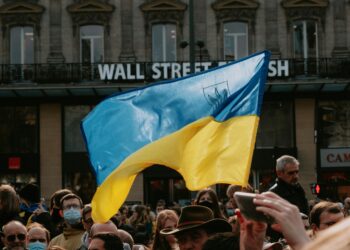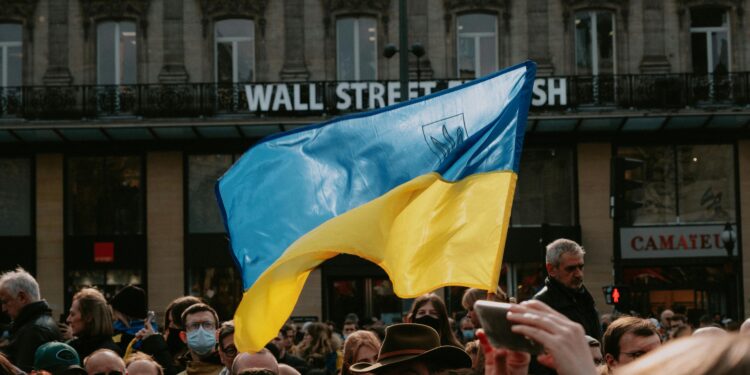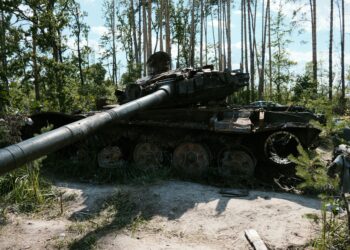The G7 states have agreed to lend $50 billion to Ukraine, utilizing money generated from frozen Russian state assets.
G7 leaders are meeting for a summit in southern Italy from Thursday to Saturday to discuss this and other significant global issues. This decision was the first resolution made by world leaders at the G7 summit that began on Thursday.
About the G7
The G7, or Group of Seven, is an organization of the world’s seven largest advanced economies, which play a significant role in global trade and the international financial system. The G7 includes Canada, France, Germany, Italy, Japan, the UK, and the United States. This intergovernmental political and economic forum is pivotal in addressing global challenges.

Purpose of the Loan
The loan package for Ukraine will be used to:
- Strengthen Military Defense: Enhancing Ukraine’s military capabilities against ongoing Russian aggression.
- Reconstruct Infrastructure: Rebuilding war-damaged infrastructure critical for the country’s recovery.
- Support the State Budget: Ensuring the continuity of governmental functions and public services.
Source of Funds
Approximately $280 billion of Russian central bank money has been immobilized in Western countries due to sanctions imposed since Russia’s full-scale attack on Ukraine over two years ago. The bulk of this money is within the European Union. Recently, EU member states approved using the interest income generated from these frozen assets to finance aid for Ukraine.
Key Financial Details
The Brussels-based financial institution Euroclear, the largest holder of frozen Russian central bank assets in the EU, reported collecting around $4.7 billion in interest in 2023. Planning for the structure of the loan package has been ongoing for months, reflecting a coordinated effort among G7 nations.
U.S. and European Perspectives
The United States initially campaigned for using not only the interest income but also the frozen assets themselves to support Kyiv financially. However, some European capitals expressed major reservations about this approach, leading to the current compromise.
Why It Matters
This substantial financial support underscores the G7’s commitment to aiding Ukraine amidst its conflict with Russia. It demonstrates a unified stance against Russian aggression and provides critical resources for Ukraine’s defense and reconstruction efforts.
Bottom Line
The G7’s decision to lend $50 billion to Ukraine from the interest on frozen Russian assets highlights the global community’s ongoing support for Ukraine. This initiative not only strengthens Ukraine’s defense but also aids in rebuilding the war-torn nation, reflecting the geopolitical and economic implications of the conflict.

















